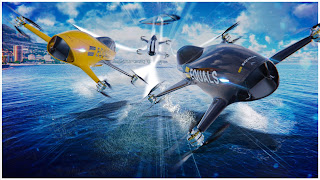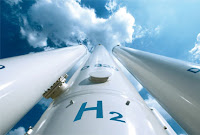DAILY INNOVATION BRIEF by Maryanne Kane, Journalist

WORLD'S LONGEST RANGE eVTOL Source: AMSL Aero's Vertiia Australian startup AMSL Aero's new eVTOL, Vertiia, is powered on hydrogen & is designed to deliver 620 miles of range The projected range is the longest, thus far, in the eVTOL global industry The Sydney, Australia company has just started test flights on Vertiia The 1st, remote-controlled test flight on a tethered, full scale demonstrator prototype was a success The electric, vertical takeoff and landing vehicle can fly 155 miles on its electric batteries and 621 miles with its hydrogen fuel cell powertrain It has 8 sets of motors and propellers on its box wing design for maximum aerodynamic efficiency Vertiia can carry a pilot and 4 passengers Wingspan is 23 feet, which should enable it to be part of urban aerial mobility Expected to go into service in 2026 for passenger transport, aeromedical and emergency services. GOOGLE BREAKTHROUGH ON QUANTUM COMPUTING













